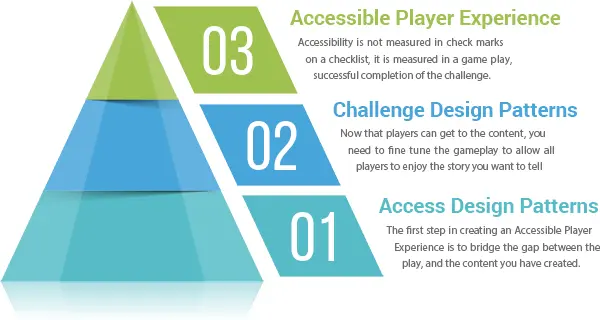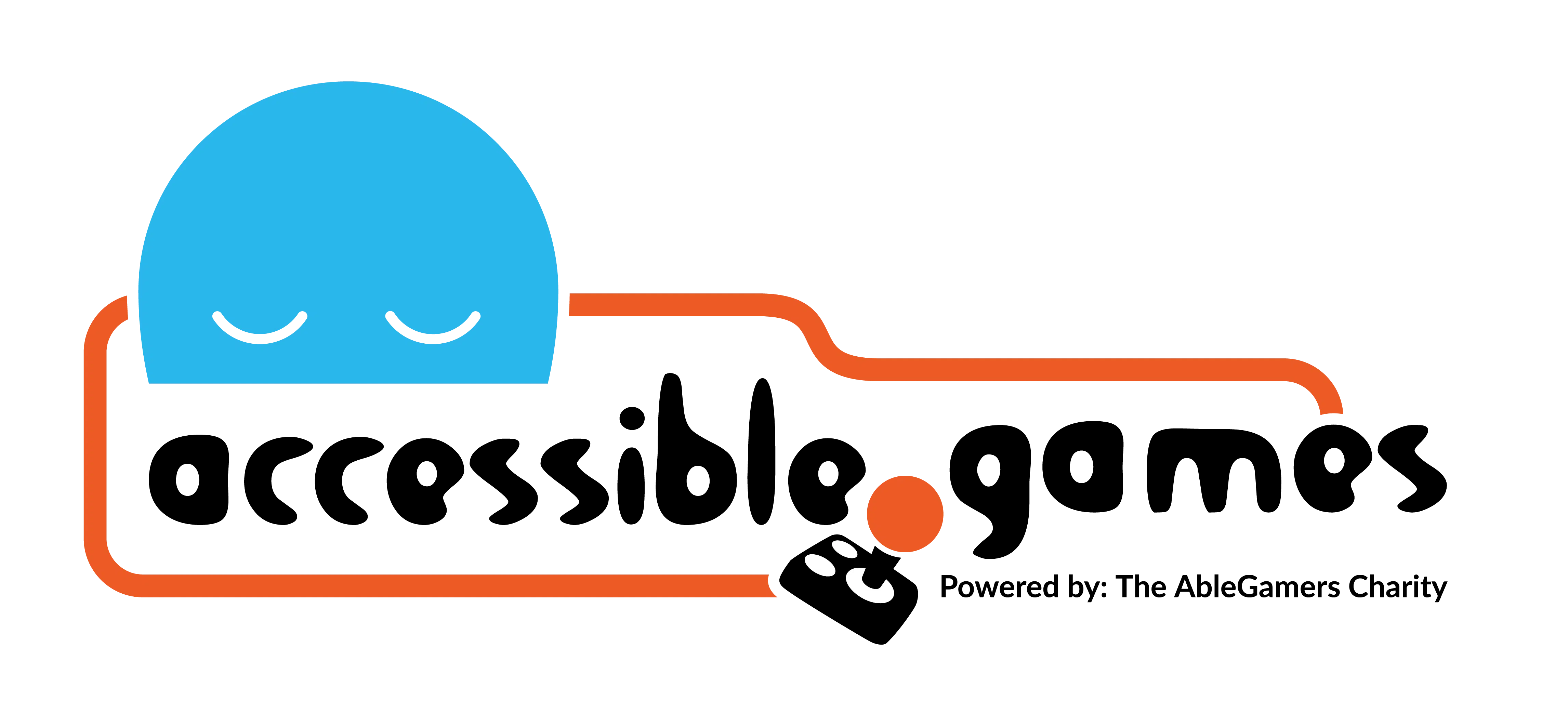
Once players are playing, they may still be unsuccessful because the challenges in the game may be too much for them even after optimal configuration of access. Challenge Patterns move on from Access Patterns by thinking about how players with disabilities might be able to make progress in the game. Challenges in games are not easy to define but our research shows that they can be broken down into four types: performance; emotional; cognitive; and decision making.
For a player with a tremor in their hands, it may be that no amount of precision in the mouse can get them to the point where they can jump over an obstacle at just the right time, in just the right place. Perhaps what they need is a way to Slow It Down, where the speed or volume things the player needs to do is reduced so that they have time to steady themselves at the crucial moment. Alternatively, they might need a Helping Hand where the game can be made, or can even offer, to relax the required precision. Finally, in some cases, maybe they don’t really need to jump over the obstacle, maybe they could just skip the jumping puzzle as discussed in the Bypass pattern.
Changing the challenges, changes the experiences that players get from the game. Not all challenges can be made accessible and remain the same challenge. But as you can see from this example, different patterns suggest different ways to move the challenges in a game from being impossible, or unreasonably difficult and unfun, to possible and accessible. By using our patterns to ideate and inspire new ways to design challenges in your game, you will still be able to design the game to deliver the experiences you want players to have to the widest possible set of players.
